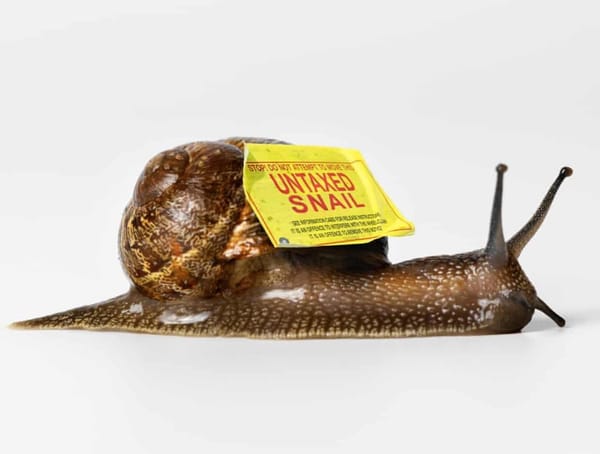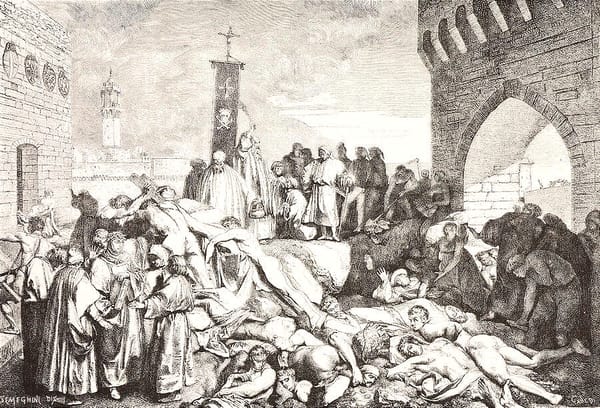He’s a security guard at the Met, now his work is showing there
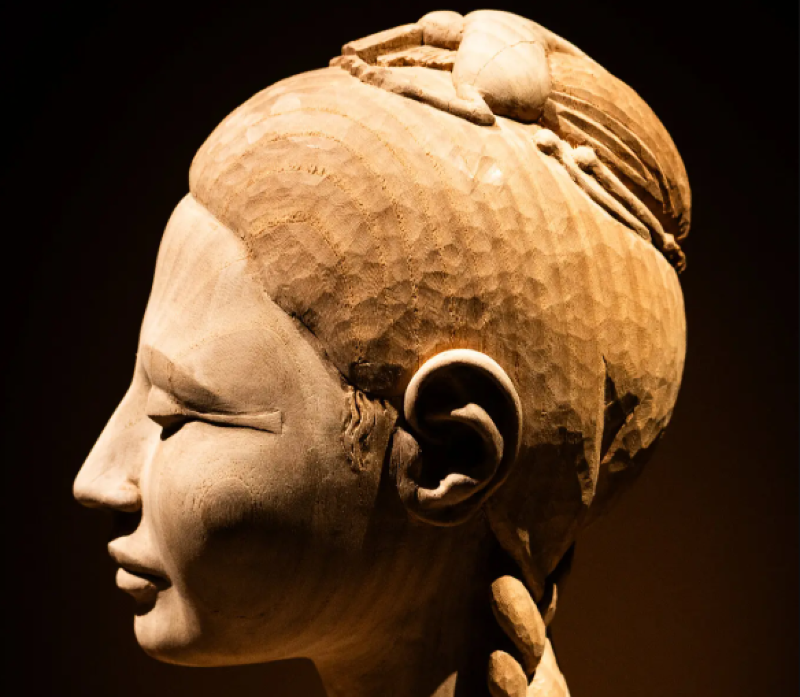
From the New York Times: "It seemed like the most ordinary interaction in the world.The man was trying to find “Flight Into Egypt,” a century-old oil painting by Henry Ossawa Tanner depicting a biblical scene. Mr. Khalil walked the visitor over to the painting, and they got to chatting about Egypt. As it turned out, the visitor was not really a visitor at all. He was a Met curator, planning a big new exhibit with ancient Egypt as part of the theme. And Mr. Khalil is not just any security guard. He is also a sculptor, inspired greatly by the ancient works of his homeland.Their chance encounter was brief — five minutes, maybe less — but it set in motion events that changed Mr. Khalil’s life in a way he never could have imagined.To understand how Mr. Khalil, 45, ended up in just the right place at just the right time, it helps to rewind a bit — to understand how he landed a job at the Met, how he arrived in New York in the first place, how a young man from a poor family in a small village in Egypt even got to go art school."
The hidden network of Hedgehog Highways is growing in the United Kingdom

From Reasons To Be Cheerful: "These days more and more British hedgehogs need rescuing. They may be covered in sharp spines, but that’s no defense against the habitat loss and fragmentation. In urban areas, hedgehogs love to travel between gardens, where there are usually plenty of insects to feed on and nooks to hide in. But with most gardens surrounded by fences and walls, hedgehogs can’t gain access to those critical refuges. So a major prong of the hedgehog conservation strategy is to cut tiny holes in garden fences, which allows hedgehogs to come and go as they please. Connecting urban gardens this way creates what are known as hedgehog “highways” — and they’ve been spreading across British towns and cities. A 2021 study estimated that more than 120,000 such highways connected about 240,000 gardens across the UK, which amounts to about one percent of all residential gardens in the country."
The mysterious dark-skinned Appalachian people known as Melungeons

From Medium: "In the eighteenth century, land surveyors in the Appalachian Mountains reported encountering bronze-skinned, light-eyed people who fell to their knees in prayer five times a day. The mysterious mountain-dwellers, who lived far beyond the Western border of the thirteen colonies, referred to themselves as “Portuguese” in broken English. While their appearance suggested they were Mediterranean, the custom of praying five times a day hinted at Islamic roots. The French-speaking explorers, unsure what to call this mysterious community, described them as mélange, “a mix.” That evolved into the word “Melungeon.” Outsiders have long wondered about the true origin of Melungeons. Countless theories abound. People have speculated they descend from the lost colony of Roanoke, or from shipwrecked Spaniards transporting African slaves. The real story, it turns out, might be surprisingly simple."
Hi everyone! Mathew Ingram here. I am able to continue writing this newsletter in part because of your financial help and support, which you can do either through my Patreon or by upgrading your subscription to a monthly contribution. I enjoy gathering all of these links and sharing them with you, but it does take time, and your support makes it possible for me to do that. I also write a weekly newsletter of technology analysis called The Torment Nexus.
The story of a transgender woman arrested for prostitution in the 14th century
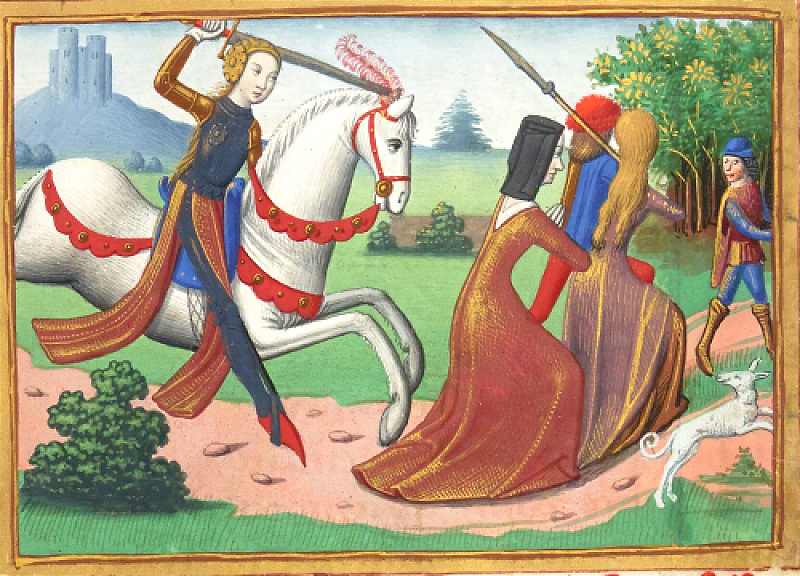
From Medieval Manuscripts: "Exactly 630 years ago today, a woman called Eleanor Rykener found herself in trouble. On the night of 11 December 1394, on Soper’s Lane off Cheapside, she had agreed to go into a stall with a client named John Britby, having first demanded an unspecified amount of money for her services. Medieval London’s anti-prostitution laws made this a hazardous venture, but Eleanor was an experienced sex worker, and must have concluded that Britby’s money was worth the risk. Unfortunately, they were discovered by city officials while engaging in ‘that detestable, unmentionable, and ignominious vice’, and were hauled up before the Mayor of London for questioning. It was during the questioning that Eleanor, still wearing the dress she had been arrested in, was revealed to have been born John Rykener. Eleanor’s remarkable story is preserved in a single document: the record of her questioning held in the London Archives, currently on display in our exhibition Medieval Women: In Their Own Words."
Scientists say a single breadfruit tree can feed a family of four for a lifetime
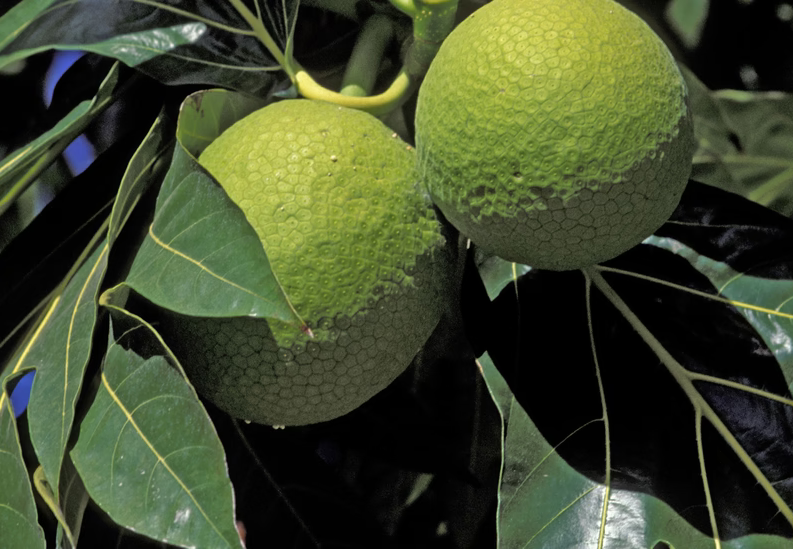
From The Atlantic: "In Puerto Rico, the word for breadfruit is panapén, almost always shortened to pana, which is also the word for your close friend, your crew, your people. Breadfruit trees feel like kin there: They are everywhere, their huge lobed leaves splayed over roads and porches like the hands of a benevolent giant.Finding a roadside breadfruit tree is like spending a moment in Eden. Our human effort is irrelevant; these trees, remarkable growers and givers, will simply provide. A three-year-old tree can reach 20 feet high. They start making fruit years faster than other tropical fruit trees, such as mango, and can produce 400 pounds or more in a year with little to no human intervention. That fruit is more calorie- and calcium-dense than a potato, to which its starchy flesh is often compared. It can be steamed, roasted, or fried, or dehydrated into flour."
What it's like to go snow rafting in Norway
POV: snow rafting in Norway 🔥🔥 pic.twitter.com/HdHmSPJwUZ
— Nature is Amazing ☘️ (@AMAZlNGNATURE) January 2, 2025
Acknowledgements: I find a lot of these links myself, but I also get some from other newsletters that I rely on as "serendipity engines," such as The Morning News from Rosecrans Baldwin and Andrew Womack, Jodi Ettenberg's Curious About Everything, Dan Lewis's Now I Know, Robert Cottrell and Caroline Crampton's The Browser, Clive Thompson's Linkfest, Noah Brier and Colin Nagy's Why Is This Interesting, Maria Popova's The Marginalian, Sheehan Quirke AKA The Cultural Tutor, the Smithsonian magazine, and JSTOR Daily. If you come across something interesting that you think should be included here, please feel free to email me at mathew @ mathewingram dot com
